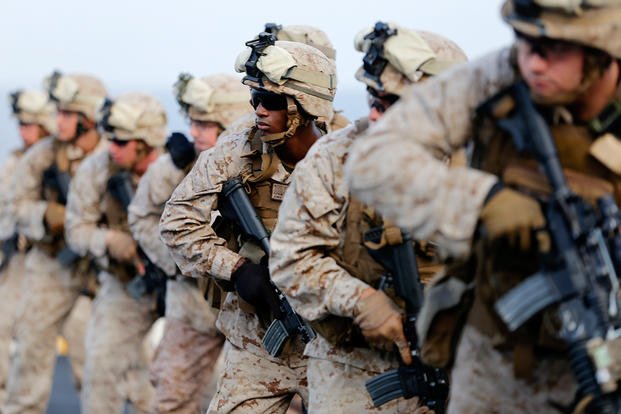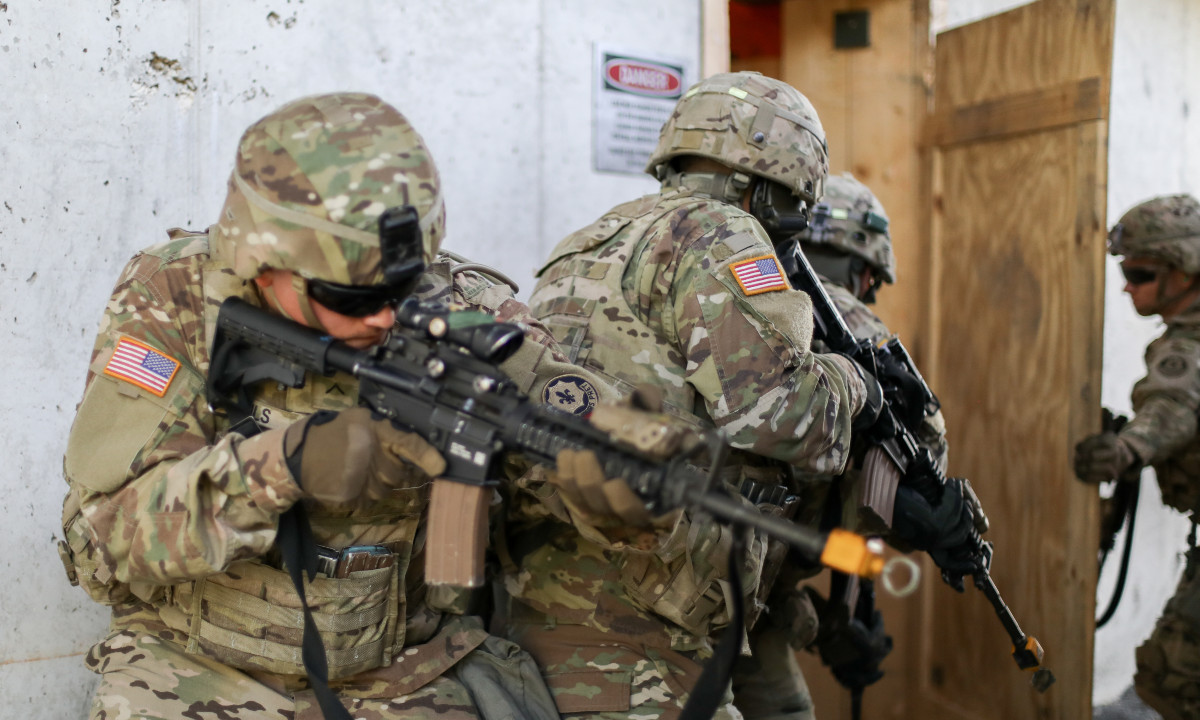FJAG
Army.ca Legend
- Reaction score
- 15,222
- Points
- 1,160
No we can't.If we can train a 17 year old soldier to be paratrooper in 3 weeks, we should be able to re-role a whole unit within 6-8 weeks if we needed to.
Just sayin'...
Maybe an infantry battalion who only needs to learn how to do their basic job from a different vehicle. But what if they have no clue as to doing combined arms fire and manoeuvre at the battle group level? What about the air defence organization which only has about twenty or thirty senior people left that know the trade and have no equipment? What about the anti-armour gunners who might be taught the weapon system in a few weeks but have no idea about the tactics and have no maintainers for the system? What about all those platoon commanders and even WOs who barely know how to site machine guns but have never had to deploy anti-armour weapon systems. What about the gunners who don't have either the guns or ammunition needed and who haven't fired as a real regiment since 2003? Or the maintainers to keep the heavy stuff running? Or the logistics system to keep it fed in high intensity ops?
We have a generation of folks who despite their best efforts and being fed slowly through Latvia have no clue about the higher brain functioning components of a high intensity war. A very knowledgeable friend of mine was recently consulted from overseas to teach them about old school methodology for operating in a jammed or pulsed environment where much of your electronic gear is taken out.
We're facing challenges that we don't even know exist and we won't be addressing them properly until we have someone looking at these issues and working out solutions on a full-time basis. I'm a firm believer in the old mantra of "jack of all trades, master at none". We're currently in that state.
I too believe we are overpreparing for deployments - mostly because of risk aversion - and, like you, I think that sometimes risks need to be accepted and managed. But ... you simply can't equip and collectively train a heavy brigade with all it's requisite elements overnight or even in six weeks when most the equipment isn't there and the collective training hasn't existed for a full generation of soldiers. The Brit Army had and still has the advantage of having the gear and the experienced trainers in order to equip and train whatever changes you contemplate. Canada has neither.
Sorry mate. I'm usually a glass half full type of guy who is willing to risk pushing the timelines but in this case I fear the system has lost its ability to adapt rapidly to high intensity ops. I think once you have equipped and trained a heavy force then you can quickly retrain them for a light role although I think that there are many skill sets and even specialized equipment needed for light operations that also take time to master, but all-in-all its easier to step down from high intensity to light than the other way around.
Last edited:











